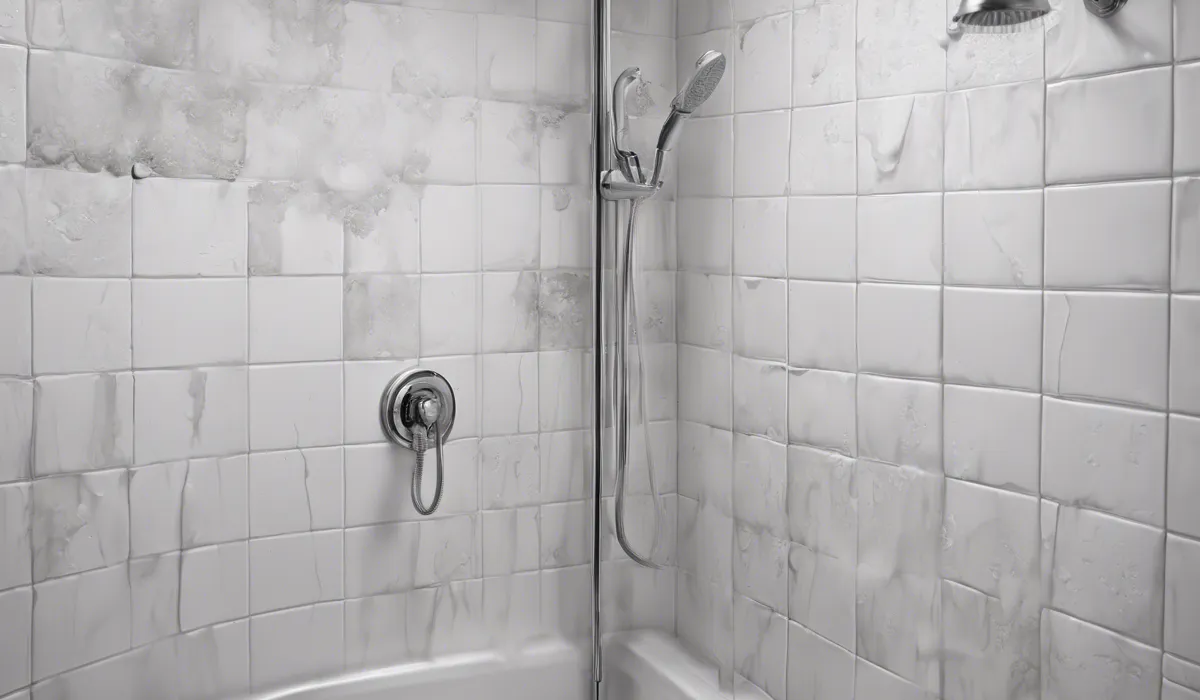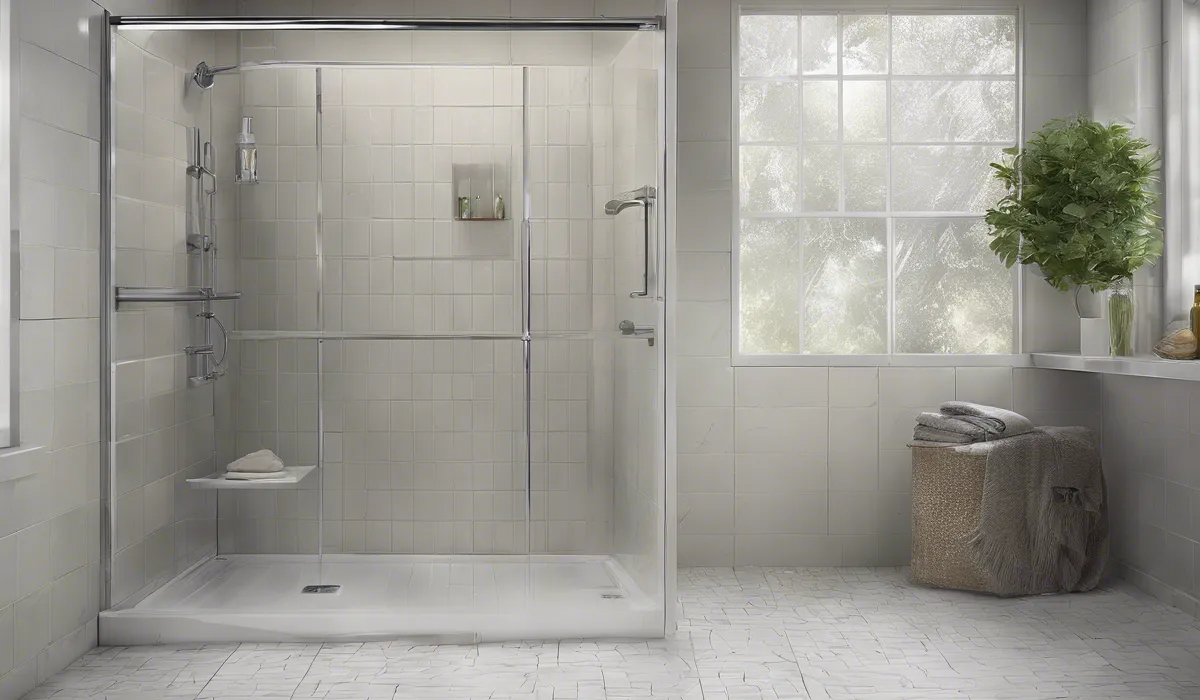To prevent mold in shower grout, keep the area dry by ventilating the bathroom and wiping down shower walls after use. Regularly clean grout with a mixture of water and vinegar, and seal it with a grout sealer to block moisture. Fix leaks promptly to avoid excess moisture buildup.
Understanding Mold in Shower Grout

What Is Mold and Its Habitat?
Mold is a type of fungus that consists of small organisms found almost everywhere. It can be black, white, orange, green, or purple and is most commonly known for its role in breaking down dead materials.
Mold thrives in moist, warm, and humid environments, which is precisely why bathrooms, especially shower grout, provide an ideal breeding ground for these microorganisms.
Triggers of Mold Growth in Grout
The common causes of mold growth in grout include lingering moisture, inadequate airflow, and the presence of organic materials such as soap scum and body oils.
Poorly ventilated bathrooms allow moisture to settle into the porous grout, encouraging mold to take root and multiply.
Why Preventing Mold Is Crucial?
It is essential to prevent mold for the sake of health and cleanliness. Mold in bathrooms can lead to respiratory issues, allergic reactions, and can be particularly harmful to those with compromised immune systems.
Additionally, a clean, mold-free bathroom is both visually appealing and indicative of a well-maintained home.
Preventative Measures for Mold Growth

Maintaining a Cleaning Schedule
Regularly cleaning your shower is key in preventing mold growth. Use a simple cleaning solution of water and vinegar to scrub the grout lines.
Doing this at least once a week will keep mold at bay and maintain the integrity of your grout.
Managing Humidity and Airflow
Proper ventilation is crucial in a bathroom. Always use an exhaust fan during and after showers to reduce humidity levels.
If you don’t have a fan, consider installing one or use a dehumidifier to keep the air dry. Additionally, keeping a window open when weather permits can help circulate air and dry out moisture.
Sealing Grout Effectively
Applying a sealant to your grout can create a barrier against moisture. Sealants are available at most hardware stores and can be applied easily with a small brush.
It’s a simple step that goes a long way in keeping your grout dry and mold-free.
Choosing Mold-Resistant Products
When repairing or updating your bathroom, opt for mold-resistant grout and caulk. These products contain compounds that resist moisture and prevent mold growth, safeguarding your bathroom for longer periods.
Adopting Shower Habits to Minimize Moisture
Simple changes in your shower routine can help prevent mold growth. Wipe down the shower walls with a squeegee after each use, and keep wet items like loofahs and towels out of the shower area. These habits reduce the moisture that mold needs to grow.
Remediation Strategies for Existing Mold

Utilizing Natural Cleaners
For light mold, natural cleaners can be effective. Vinegar, baking soda, and hydrogen peroxide are safe alternatives to harsh chemicals and can be used to clean and disinfect the affected grout lines.
Chemical Solutions for Stubborn Mold
When mold is resistant to natural solutions, chemical cleaners containing bleach can be used.
These products are powerful and can remove stubborn mold stains, but they should be used with caution and proper ventilation.
Steps for Effective Mold Removal
To remove mold from grout, start with a thorough cleaning using your chosen solution. Scrub the grout lines with a stiff brush, rinse thoroughly, and allow the area to dry completely. Repeat if necessary to ensure all mold is eradicated.
Knowing When to Call the Pros
If mold persists or covers a large area, it may be time to call professional mold remediation services.
Professionals have the tools and expertise to safely and effectively remove mold from your bathroom.
Maintaining a Mold-Free Bathroom Post-Treatment
After treating mold, continue with prevention strategies to keep your bathroom mold-free. Regular cleaning, proper ventilation, and sealing grout will help maintain a healthy bathroom environment.
FAQs About Preventing Mold in Shower Grout
How can I keep my shower area dry to prevent mold growth in grout?
Ventilate your bathroom by using a fan or opening a window, and wipe down shower walls after each use to keep the area dry and prevent mold growth in grout.
What is a natural cleaner I can use for shower grout to inhibit mold?
A natural cleaner for shower grout is a mixture of water and vinegar, which helps prevent mold when used regularly for cleaning.
How often should I seal my shower grout to prevent mold?
It is recommended to seal shower grout at least once a year with a grout sealer to effectively block moisture and prevent mold.
Can fixing leaks in the bathroom help in preventing mold in grout?
Yes, promptly repairing any leaks in the bathroom will minimize excess moisture buildup, which is crucial for preventing mold in the grout.
Is ventilation important for preventing mold in shower grout?
Yes, adequate ventilation is very important as it helps to remove moisture from the air, reducing the likelihood of mold growth in shower grout.
Final Thoughts
Maintaining a dry environment through ventilation and wiping down surfaces is critical for preventing mold in shower grout.
Regular cleaning with a water and vinegar solution, coupled with the application of a grout sealer, provides additional protection against moisture. Promptly addressing any leaks is also essential to curtail mold growth by minimizing excess moisture.
